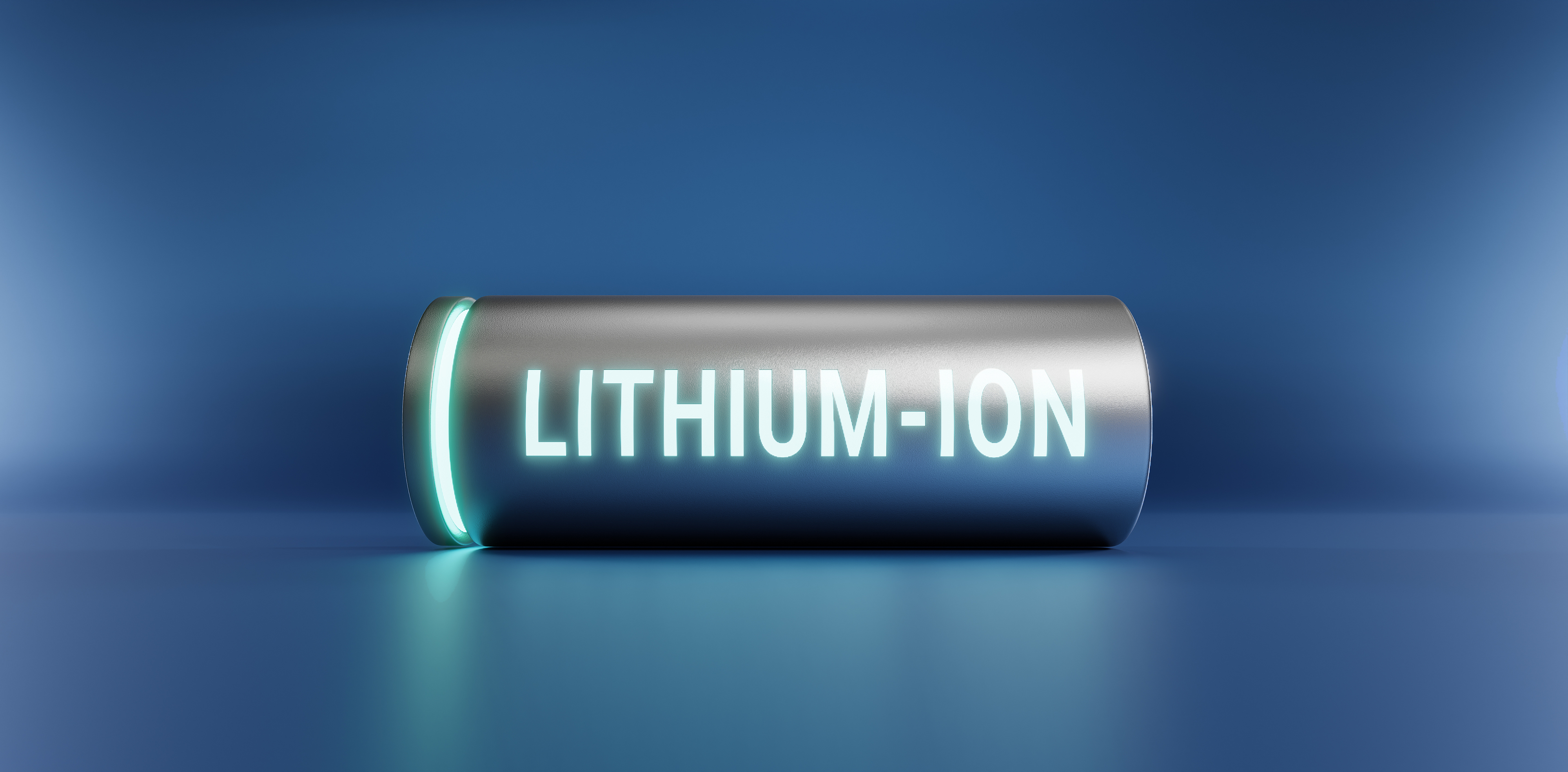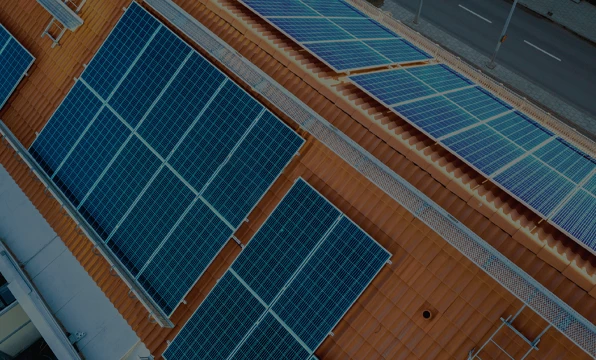Analyzing the mystery of "aging" of power batteries, what are the advantages of lithium iron phosphate batteries?
The capacity decay of power batteries is the core problem that restricts the life of electric vehicles, and lithium iron phosphate batteries are becoming the focus of the industry's fight against "aging" due to their unique chemical stability. This article deeply analyzes the battery aging mechanism and reveals why lithium iron phosphate batteries stand out in the anti-aging race.
1. The “culprit” of power battery aging
The aging of power batteries is essentially structural damage caused by repeated migration of lithium ions between the positive and negative electrodes. The positive electrode material of lithium iron phosphate batteries (LFP) is lithium iron phosphate (LiFePO₄), whose olivine structure can effectively inhibit the growth of lithium dendrites and reduce the erosion of electrolytes by side reactions, thereby delaying capacity decay. In contrast, ternary lithium batteries (NCM) are more prone to lattice collapse due to the high activity of nickel-cobalt-manganese materials, resulting in a shortened cycle life.
2. Anti-aging advantages of lithium iron phosphate batteries
(1) Long cycle life: The theoretical cycle life of lithium iron phosphate batteries exceeds 3,000 times (80% remaining capacity), while that of ternary batteries is usually 1,500-2,000 times. In actual applications, LFP batteries can still maintain more than 80% of their capacity after 5 years of service in electric vehicles.
(2) Strong thermal stability: The thermal runaway temperature of LFP is as high as 500°C, which is much higher than the 200-300°C of ternary batteries, reducing the risk of accelerated aging due to thermal runaway in high temperature environments.
(3) Better consistency: The electrochemical performance of LFP batteries is stable, with high consistency during mass production and more uniform decay rate during long-term use.
(2) Strong thermal stability: The thermal runaway temperature of LFP is as high as 500°C, which is much higher than the 200-300°C of ternary batteries, reducing the risk of accelerated aging due to thermal runaway in high temperature environments.
(3) Better consistency: The electrochemical performance of LFP batteries is stable, with high consistency during mass production and more uniform decay rate during long-term use.
3. Aging challenges of lithium iron phosphate batteries
Although LFP has outstanding anti-aging properties, two major issues still need to be addressed:
(1) Low-temperature performance degradation: The lithium ion diffusion rate decreases at low temperatures, which may cause a sudden drop in the capacity of LFP batteries and requires optimization through thermal management systems.
(2) Energy density limitation: The theoretical energy density of LFP materials is lower than that of ternary batteries, and structural innovations (such as blade batteries) are needed to make up for the shortcomings.
(1) Low-temperature performance degradation: The lithium ion diffusion rate decreases at low temperatures, which may cause a sudden drop in the capacity of LFP batteries and requires optimization through thermal management systems.
(2) Energy density limitation: The theoretical energy density of LFP materials is lower than that of ternary batteries, and structural innovations (such as blade batteries) are needed to make up for the shortcomings.
4. How to extend the life of power batteries?
(1) Optimize charging and discharging strategies: avoid overcharging, overdischarging and high-rate discharge.
(2) Control temperature: keep the battery operating within a suitable temperature range.
(3) Improve material design: use highly stable positive and negative electrode materials and electrolytes.
(4) Strengthen battery management: monitor battery status in real time through the battery management system (BMS) and adjust operating parameters in a timely manner.
(5) Reuse of retired batteries: LFP batteries that have decayed to 80% can be used in energy storage systems to extend their full life cycle value.
(2) Control temperature: keep the battery operating within a suitable temperature range.
(3) Improve material design: use highly stable positive and negative electrode materials and electrolytes.
(4) Strengthen battery management: monitor battery status in real time through the battery management system (BMS) and adjust operating parameters in a timely manner.
(5) Reuse of retired batteries: LFP batteries that have decayed to 80% can be used in energy storage systems to extend their full life cycle value.
 +86 13332949210
+86 13332949210 info@xihobattery.com
info@xihobattery.com







 Xiho
Xiho Apr 25 2025
Apr 25 2025










